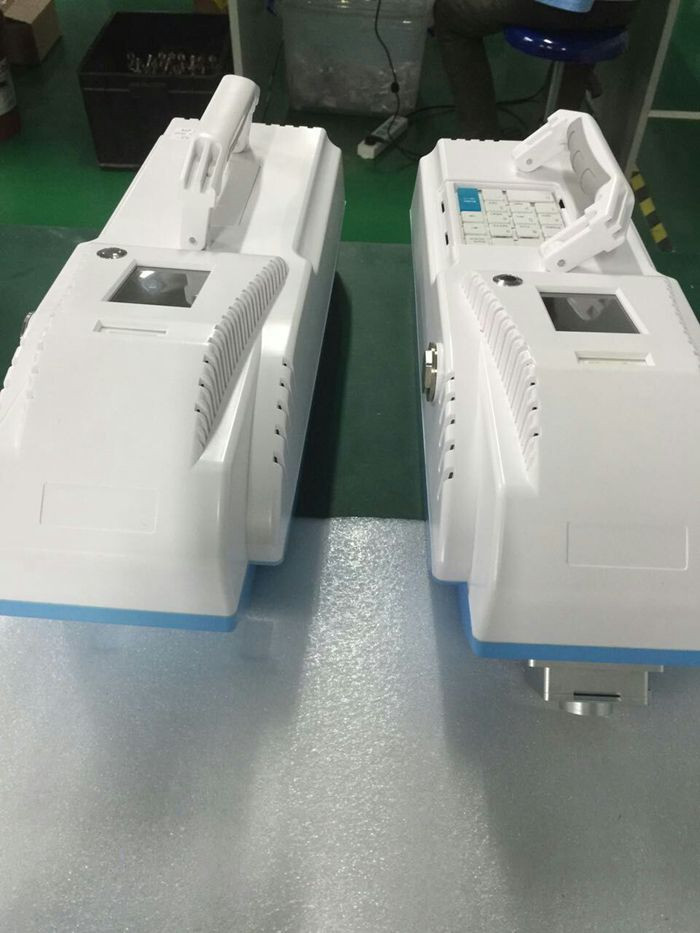Table of Contents
How Hand Held Metal Detectors Work
Hand held metal detectors are commonly used in a variety of settings, from Security checkpoints at airports to archaeological digs. These devices are designed to detect metal objects that may be hidden on a person or buried underground. But have you ever wondered how exactly these devices work? In this article, we will explore the working principle of hand held metal detectors.

At the heart of every hand held metal detector is a coil of wire that is connected to a power source. When the power is turned on, an electric current flows through the coil, creating a magnetic field. This magnetic field is what allows the metal detector to detect metal objects.
When a metal object comes into the vicinity of the detector, it disrupts the magnetic field created by the coil. This disruption causes a change in the electromagnetic field around the coil, which is detected by the device. The metal detector then alerts the user to the presence of metal by emitting a sound or flashing a light.
The sensitivity of a hand held metal detector can be adjusted to detect different sizes and types of metal objects. This is done by changing the frequency of the electric current flowing through the coil. Higher frequencies are more sensitive to smaller metal objects, while lower frequencies are better at detecting larger objects.
In addition to the coil, hand held metal detectors also contain a control unit that processes the signals from the coil and determines whether or not metal is present. This control unit is responsible for interpreting the changes in the electromagnetic field and triggering the alert signal.
[embedhttps://www.youtube.com/watch?v=FPBqhmi0-0E[/embed]Some hand held metal detectors also have a feature called discrimination, which allows the user to filter out certain types of metal. This is useful in situations where the user is only interested in detecting specific types of metal, such as weapons or coins.
Overall, hand held metal detectors are simple yet effective devices that rely on the principles of electromagnetism to detect metal objects. By generating a magnetic field with a coil of wire and detecting disruptions in that field caused by metal objects, these devices are able to alert users to the presence of metal.
In conclusion, hand held metal detectors work by generating a magnetic field with a coil of wire and detecting disruptions in that field caused by metal objects. The control unit then processes these signals and triggers an alert to the user. With the ability to adjust sensitivity and discriminate between different types of metal, hand held metal detectors are versatile tools that are used in a wide range of applications.
